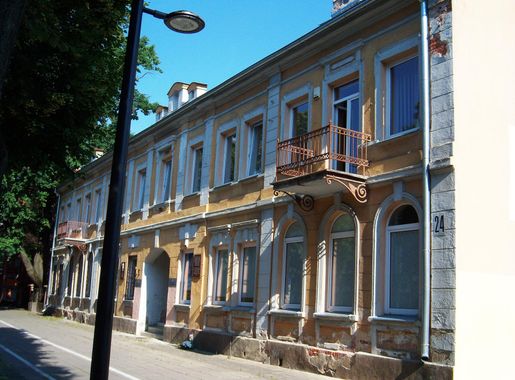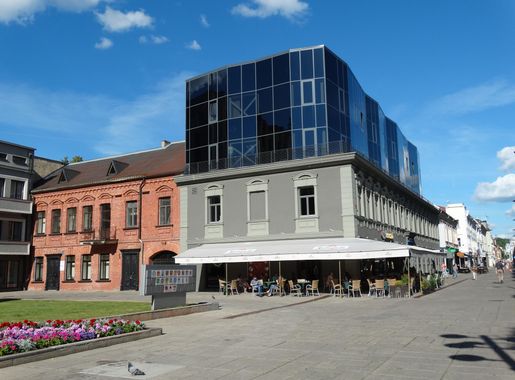
The Heartbeat of Kaunas: Laisvės alėja
Explore Laisvės alėja in Kaunas: A blend of historical charm and modern vibrancy, offering unique shopping, dining, and cultural experiences in Lithuania's second-largest city.
Laisvės alėja, also known as the Liberty Boulevard, is the vibrant soul of Kaunas, Lithuania. This pedestrian-only street stretches over 1.6 kilometers and is the longest of its kind in Eastern Europe. As you stroll down this bustling boulevard, you'll be surrounded by a fusion of modernity and history, with contemporary shops, cafes, and restaurants nestled alongside architectural marvels from the 19th and early 20th centuries. The street is lined with lush linden trees, providing a canopy of green in the warmer months and a festive atmosphere during the winter. One of the key highlights is the stunning St. Michael the Archangel's Church, an architectural gem located at the eastern end of the boulevard. This neo-Byzantine structure stands as a testament to the city's rich cultural and religious heritage. Laisvės alėja is also a hub of cultural activity. The National Drama Theatre, various art galleries, and numerous street performances ensure that there's always something to captivate your interest. Whether you're a history buff, a culture enthusiast, or just looking for a place to relax and people-watch, Laisvės alėja has something for everyone.
Local tips in Laisvės alėja
- Visit in the early morning or late afternoon to avoid the busiest times and enjoy a more relaxed atmosphere.
- Wear comfortable shoes as you'll be doing a lot of walking.
- Don't miss the local markets and small boutiques for unique souvenirs.
- Try traditional Lithuanian dishes at the local cafes and restaurants.
- Check the schedule of the National Drama Theatre for any performances you might be interested in.
The Heartbeat of Kaunas: Laisvės alėja
Laisvės alėja, also known as the Liberty Boulevard, is the vibrant soul of Kaunas, Lithuania. This pedestrian-only street stretches over 1.6 kilometers and is the longest of its kind in Eastern Europe. As you stroll down this bustling boulevard, you'll be surrounded by a fusion of modernity and history, with contemporary shops, cafes, and restaurants nestled alongside architectural marvels from the 19th and early 20th centuries. The street is lined with lush linden trees, providing a canopy of green in the warmer months and a festive atmosphere during the winter. One of the key highlights is the stunning St. Michael the Archangel's Church, an architectural gem located at the eastern end of the boulevard. This neo-Byzantine structure stands as a testament to the city's rich cultural and religious heritage. Laisvės alėja is also a hub of cultural activity. The National Drama Theatre, various art galleries, and numerous street performances ensure that there's always something to captivate your interest. Whether you're a history buff, a culture enthusiast, or just looking for a place to relax and people-watch, Laisvės alėja has something for everyone.
Iconic landmarks you can’t miss
Historical Presidential Palace, Kaunas
Discover Lithuania's rich political history at the Historical Presidential Palace in Kaunas, a beautifully restored museum showcasing the nation's past.
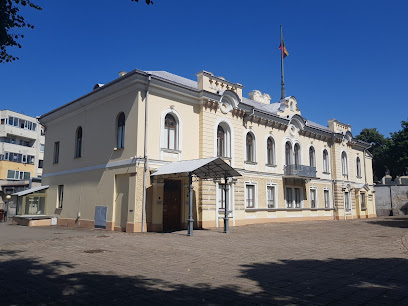
City Fountain
Discover the mesmerizing City Fountain in Kaunas, a serene blend of art and nature perfect for relaxation and unforgettable experiences.
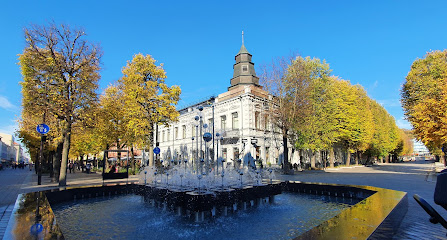
Laisvės Alėja
Discover the vibrant atmosphere of Laisvės Alėja, Kaunas' bustling promenade filled with shops, cafes, and cultural sights.
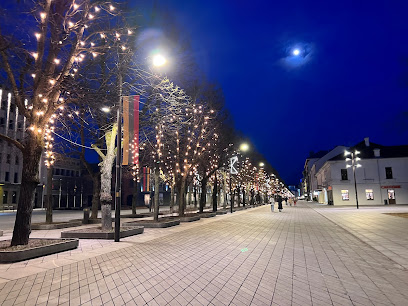
Kaunas tourism information center
Explore Kaunas with confidence from the Kaunas Tourism Information Center, your go-to resource for local attractions, events, and cultural insights.
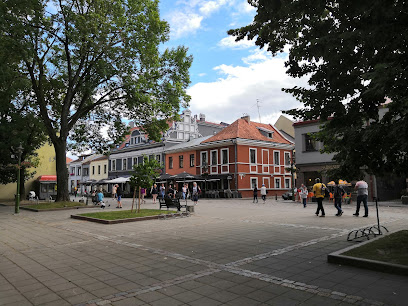
Laisvės Statula
Explore the Laisvės Statula, a symbol of freedom in Kaunas, and delve into Lithuania's rich history and vibrant cultural heritage.
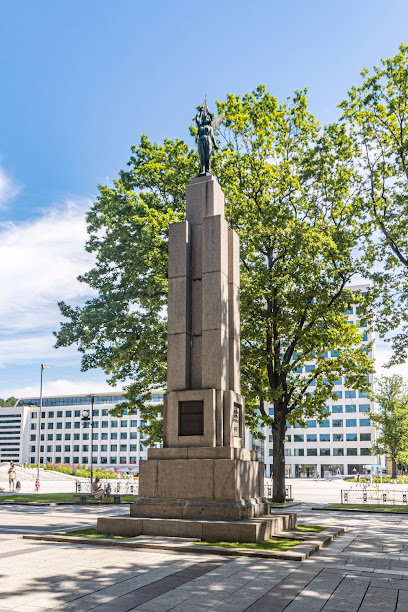
K. Balčiūno skulptūra „Pirmas filmas“
Explore the stunning K. Balčiūno sculpture 'Pirmas filmas' in Kaunas, a symbol of Lithuania's artistic heritage and cultural significance.

Freedom Monument (Kaunas)
Explore the historic Freedom Monument in Kaunas, a symbol of Lithuania's independence and resilience, surrounded by beautiful gardens and rich culture.
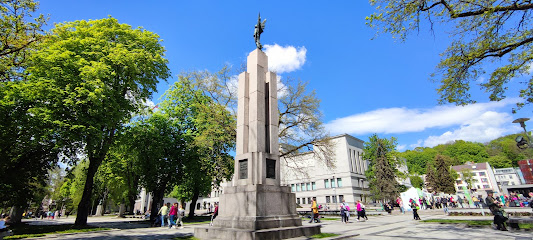
The Fight
Discover the vibrant history and culture of Lithuania at The Fight, a captivating tourist attraction in the heart of Kaunas.
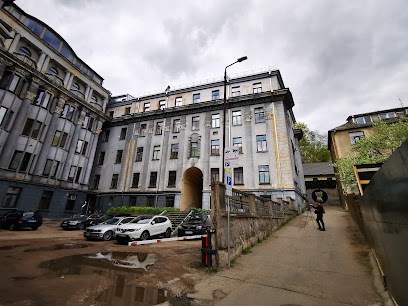
Skulpturu Galerija
Explore the artistic heritage of Lithuania at Skulpturu Galerija, a historical landmark showcasing an impressive collection of sculptures in Kaunas.
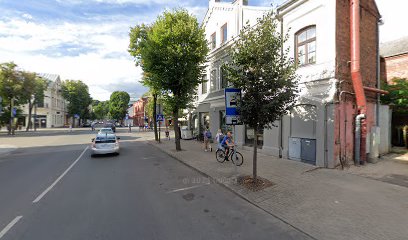
Tower of Music Theatre Park
Experience the cultural harmony of Kaunas at the Tower of Music Theatre Park, where nature meets music in a stunning urban oasis.
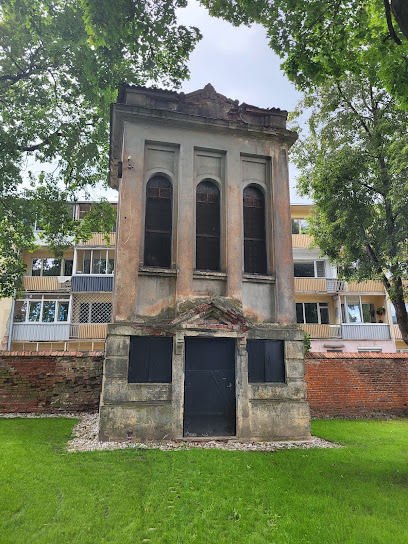
Unmissable attractions to see
Laisvės Alėja
Discover the vibrant heart of Kaunas at Laisvės Alėja, a pedestrian promenade filled with culture, history, and local delights.
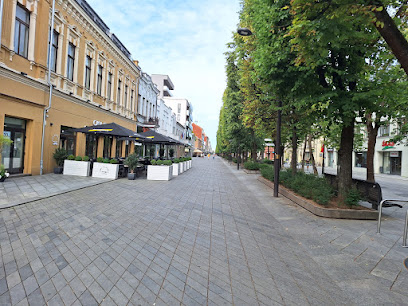
The fisherman
Explore The Fisherman in Kaunas: A unique glimpse into Lithuania's rich maritime heritage and traditional fishing culture.
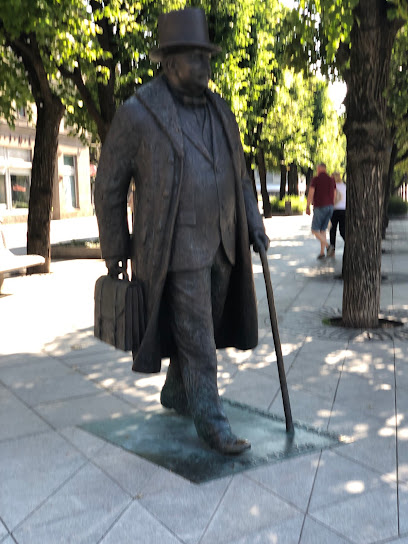
Danieliaus Dolskio statula
Uncover the cultural heritage of Lithuania at the Danieliaus Dolskio statue, a remarkable landmark in Kaunas that embodies the spirit of the nation.
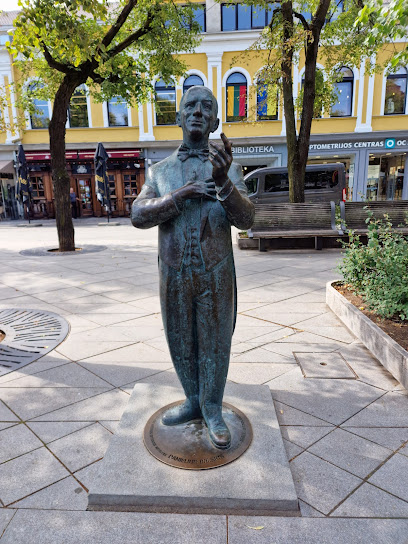
Tower of Music Theatre Park
Explore the serene beauty and cultural vibrancy of Tower of Music Theatre Park in Kaunas, a must-see destination for every traveler.
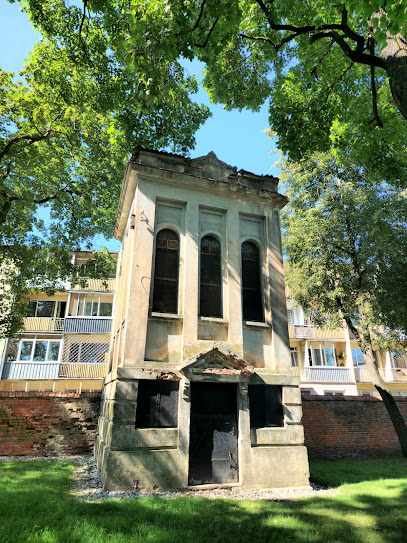
Paminklas Lietuvos Galybes Kurejui
Discover the Monument to the Creator of Lithuania's Might in Kaunas, a symbol of national pride and resilience, surrounded by beauty and culture.
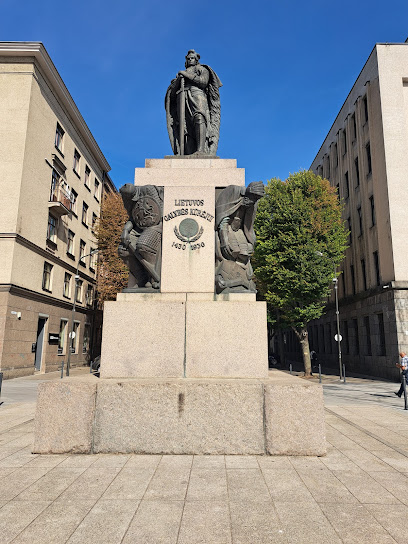
Essential places to dine
CASA DELLA PASTA - Laisvės al. 27
Experience authentic Italian cuisine at Casa della Pasta in Kaunas—where every dish tells a story.
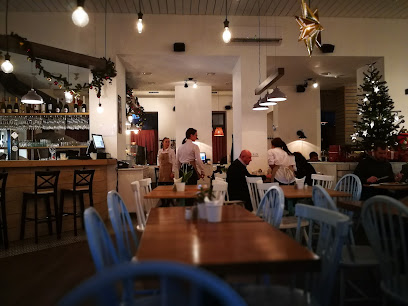
Talutti - Tex-Mex
Savor the authentic taste of Tex-Mex cuisine at Talutti in Kaunas – where every meal is a fiesta!
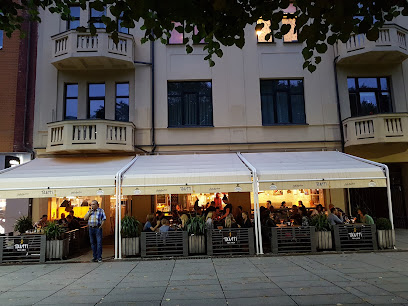
CITY GARDEN, UAB restaurant
Discover the perfect blend of local flavors and international cuisine at CITY GARDEN, UAB in Kaunas – where every meal tells a story.
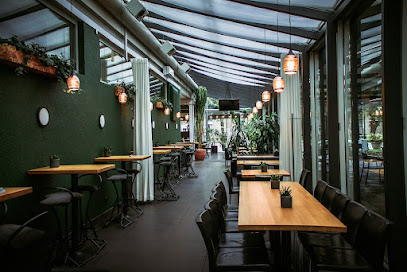
Mangal
Discover the flavors of Lithuania at Mangal, where traditional cuisine meets modern flair in the heart of Kaunas.
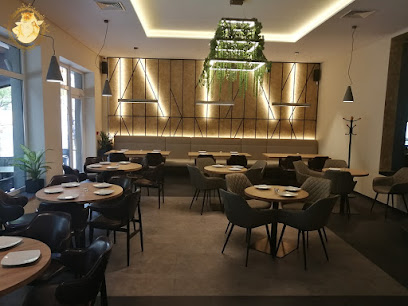
Radharanė
Experience the best of Lithuanian cuisine at Radharanė in Kaunas – where tradition meets modern culinary excellence.
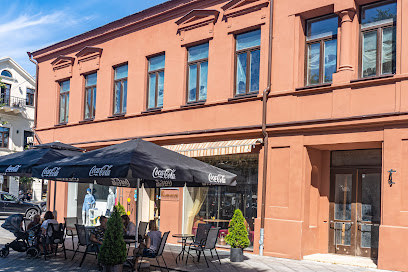
Paslėpti receptai
Experience authentic Italian cuisine at Paslėpti Receptai in Kaunas - where every dish tells a story.
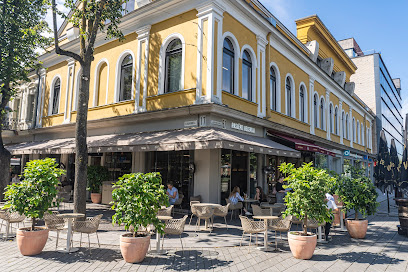
Bistronomė
Discover the flavors of Lithuania at Bistronomė in Kaunas – where tradition meets innovation in every dish.
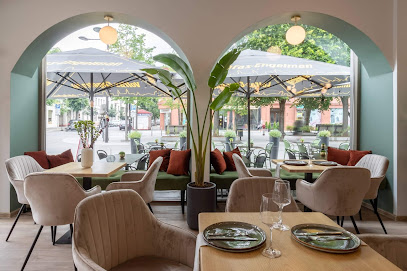
Luztanti banga
Experience the rich flavors of Lithuania at Luztanti Banga – where authentic cuisine meets warm hospitality in Kaunas.
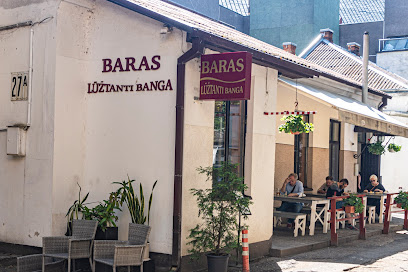
Soul. Laisvė
Experience the best of Lithuanian cuisine at Soul. Laisvė in Kaunas, where traditional flavors meet modern culinary artistry.

Liberty Avenue
Experience the heart of Lithuanian cuisine at Liberty Avenue - where tradition meets modern flavors in a warm and welcoming atmosphere.
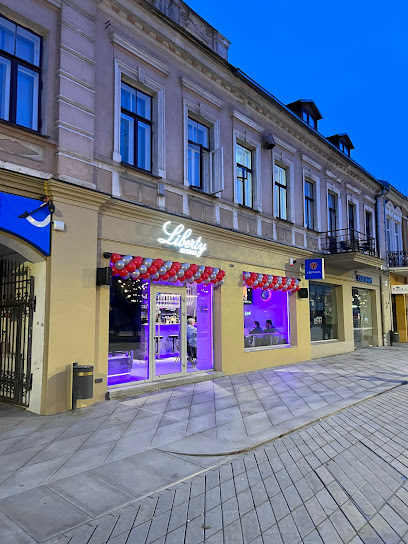
Markets, malls and hidden boutiques
eastern city
Discover unique Lithuanian fashion at Eastern City Clothing Store in Kaunas, where style meets local culture and craftsmanship.
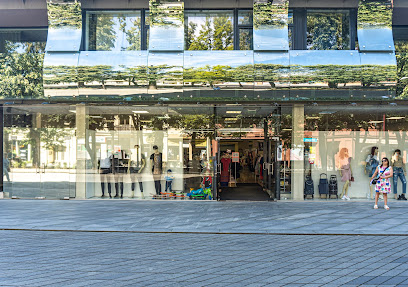
Gentlemen's Concept
Explore Gentlemen's Concept in Kaunas for the ultimate menswear experience, blending style, quality, and personalized service in a chic environment.
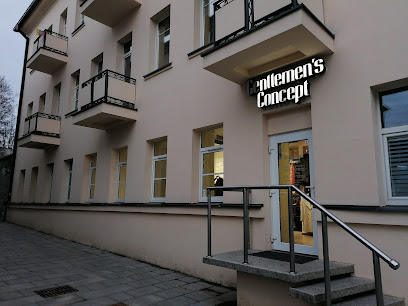
Bags & More
Explore Bags & More in Kaunas for stylish and functional bags that blend fashion with travel needs.
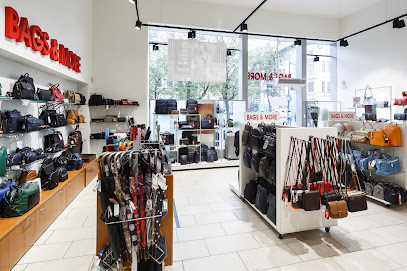
Suvenyrai Laisvės al.
Explore the charm of Lithuanian craftsmanship at Suvenyrai Laisvės al., your go-to souvenir store in Kaunas for unique gifts and local art.
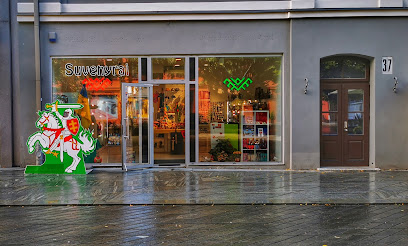
Kaunas Souvenirs shop GIFT SHOP
Explore the charm of Lithuania with unique gifts and handcrafted treasures at Kaunas Souvenirs shop.
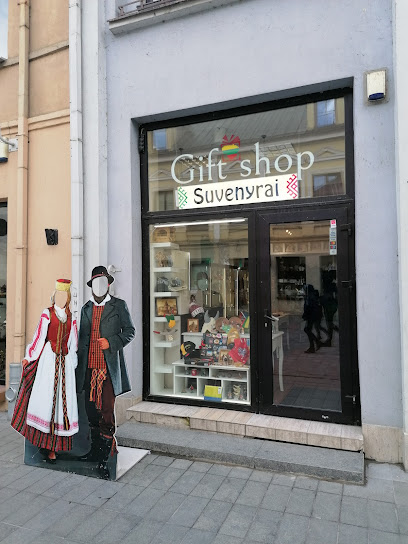
Green Podium Boutique
Discover trendy fashion at Green Podium Boutique in Kaunas, where style meets local craftsmanship for an unforgettable shopping experience.
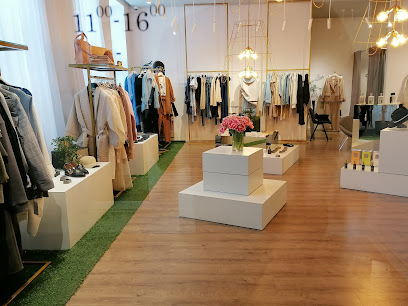
Premium
Explore the stylish offerings of Premium, Kaunas' premier women's clothing store featuring dresses, accessories, and shoes for every fashion enthusiast.
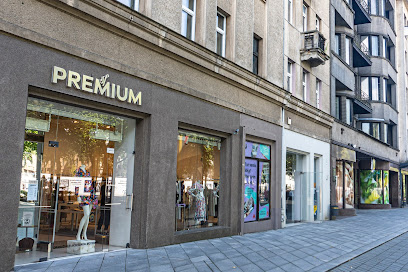
Ramune Piekautaite boutique Kaunas
Explore unique styles at Ramune Piekautaite boutique in Kaunas, where contemporary fashion meets local craftsmanship for unforgettable shopping.
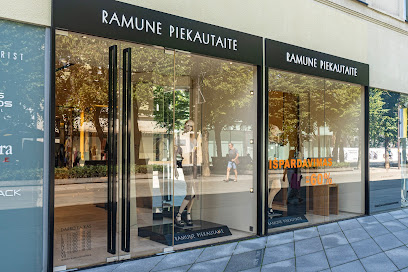
Dovanos - Suvenyrai, parduotuvė
Explore the charm of Dovanos - Suvenyrai in Kaunas, where unique gifts, local art, and exquisite jewelry await every traveler.
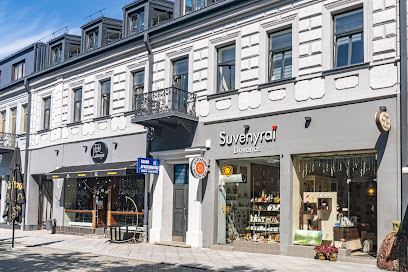
Feruna Boutique
Explore unique fashion at Feruna Boutique in Kaunas, where style meets individuality in every exquisite piece of clothing.
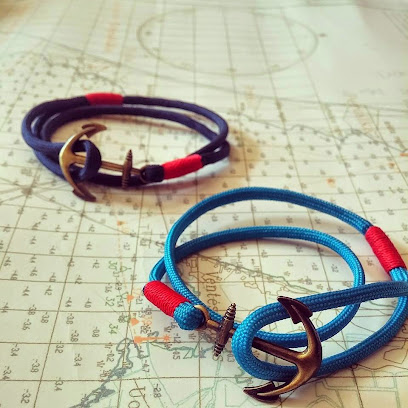
Essential bars & hidden hideouts
rePUBlic No.1
Discover the lively rePUBlic No.1, a premier sports bar in Kaunas offering delicious food, local drinks, and an electrifying atmosphere for sports fans and socializers.
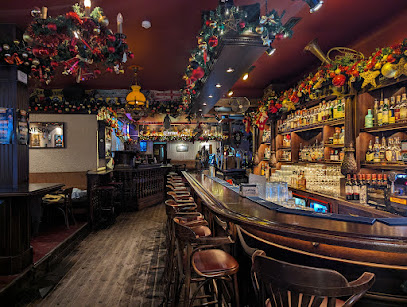
Džem'pub
Discover the vibrant nightlife at Džem'pub, Kaunas' ultimate live music venue and pub with an eclectic atmosphere and affordable prices.
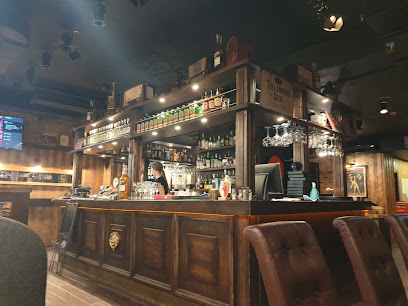
Bardakas. Kaunas
Discover the vibrant nightlife at Bardakas, a must-visit bar in Kaunas, offering a diverse drink menu and an electric atmosphere.
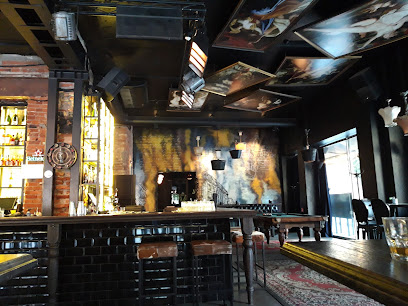
Godo
Experience the vibrant culture of Kaunas at Godo, where great drinks meet local art and music in a lively bar atmosphere.

Rebels
Experience the vibrant nightlife of Kaunas at Rebels, where great drinks, lively atmosphere, and friendly service await you.
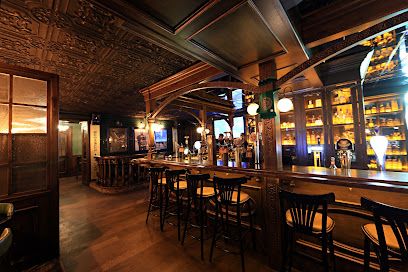
Genys Taproom Kaunas / Laisvės al.
Explore Genys Taproom in Kaunas for the finest selection of craft beers and a lively atmosphere that celebrates Lithuanian brewing culture.
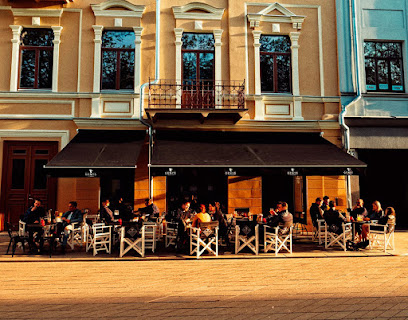
Holas
Experience the vibrant nightlife at Holas, a must-visit bar in Kaunas offering delicious drinks and a lively atmosphere for tourists.
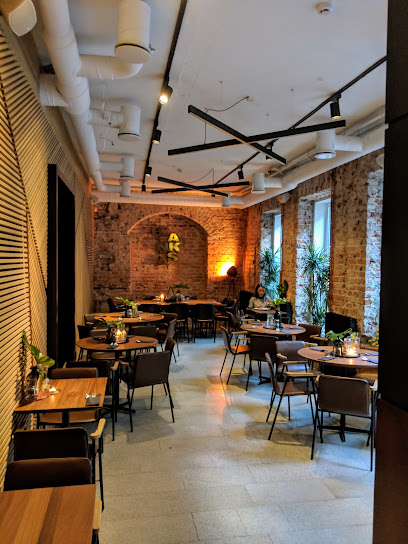
Movido
Experience the vibrant nightlife of Kaunas at Movido, a lively bar with affordable drinks and a welcoming atmosphere.
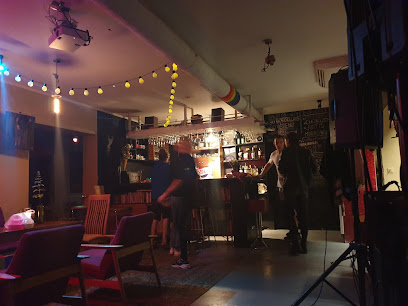
JazzBar
JazzBar in Kaunas: A lively cocktail bar offering handcrafted drinks and live jazz music in an inviting atmosphere.
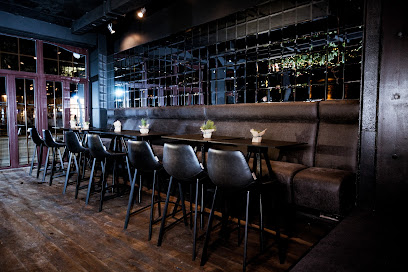
Aperitivo Bar
Experience the vibrant nightlife of Kaunas at Aperitivo Bar, where quality drinks and a lively atmosphere await every visitor.
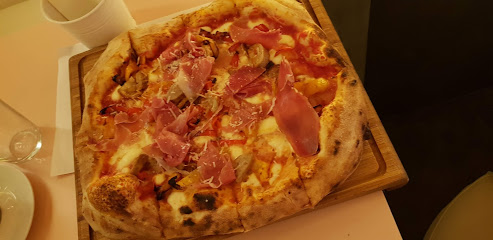
Local Phrases
-
- HelloLabas
[lah-bahs] - GoodbyeViso gero
[vee-soh geh-roh] - YesTaip
[tah-eep] - NoNe
[neh] - Please/You're welcomePrašau
[prah-shau] - Thank youAčiū
[ah-chyoo] - Excuse me/SorryAtsiprašau
[aht-see-prah-shau] - How are you?Kaip tu?
[kai-p too] - Fine. And you?Gerai. O tu?
[geh-rah-ee. oh too] - Do you speak English?Ar kalbate anglų kalba?
[ahr kahl-bah-teh ahn-gloo kahl-bah] - I don't understandNesuprantu
[neh-soo-prahn-too]
- HelloLabas
-
- I'd like to see the menu, pleaseNorėčiau pamatyti meniu, prašau
[noh-reh-chow pah-mah-tee-tee meh-neeoo, prah-shau] - I don't eat meatAš nevalgau mėsos
[ahsh neh-vahl-gow meh-sohs] - Cheers!Į sveikatą!
[ee svehy-kah-tah] - I would like to pay, pleaseNorėčiau sumokėti, prašau
[noh-reh-chow soo-moh-keh-tee, prah-shau]
- I'd like to see the menu, pleaseNorėčiau pamatyti meniu, prašau
-
- Help!Pagalba!
[pah-gahl-bah] - Go away!Išeik!
[ee-shake] - Call the Police!Paskambinkite policijai!
[pah-skahm-been-kee-teh poh-lee-tsee-yai] - Call a doctor!Paskambinkite gydytojui!
[pah-skahm-been-kee-teh gid-oh-toh-yoo-ee] - I'm lostAš pasiklydau
[ahsh pah-seek-loo-dow] - I'm illAš sergu
[ahsh sehr-goo]
- Help!Pagalba!
-
- I'd like to buy...Norėčiau nusipirkti...
[noh-reh-chow noo-see-peerk-tee] - I'm just lookingAš tik žiūriu
[ahsh teek zhiyoo-reeoo] - How much is it?Kiek tai kainuoja?
[kyek tai kai-noo-yah] - That's too expensiveTai per brangu
[tai pehr brahn-goo] - Can you lower the price?Ar galite sumažinti kainą?
[ahr gah-lee-teh soo-mah-zin-tee kai-nah]
- I'd like to buy...Norėčiau nusipirkti...
-
- What time is it?Kiek laiko?
[kyek lai-koh] - It's one o'clockYra viena valanda
[ee-rah vyeh-nah vah-lahn-dah] - Half past (10)Dešimt valanda trisdešimt
[deh-shimt vah-lahn-dah tree-sdeh-shimt] - MorningRytas
[rih-tahs] - AfternoonPopietė
[poh-pieh-teh] - EveningVakaras
[vah-kah-rahs] - YesterdayVakar
[vah-kahr] - TodayŠiandien
[shyan-dyehn] - TomorrowRytoj
[rih-toy] - 1Vienas
[vyeh-nahs] - 2Du
[doo] - 3Trys
[treese] - 4Keturi
[keh-too-ree] - 5Penki
[pehn-kee] - 6Šeši
[sheh-shee] - 7Septyni
[sehp-tee-nee] - 8Aštuoni
[ahs-too-oh-nee] - 9Devyni
[deh-vih-nee] - 10Dešimt
[deh-shimt]
- What time is it?Kiek laiko?
-
- Where's a/the...?Kur yra...
[koor irah] - What's the address?Koks adresas?
[kohks ah-dreh-sahs] - Can you show me (on the map)?Ar galite man parodyti (žemėlapyje)?
[ahr gah-lee-teh mahn pah-roh-di-tee zheh-meh-lah-pyeh] - When's the next (bus)?Kada bus kitas (autobusas)?
[kah-dah boos kee-tahs ow-toh-boo-sahs] - A ticket (to ....)Bilietas (į ....)
[bee-lyeh-tahs ee]
- Where's a/the...?Kur yra...
History of Laisvės alėja
-
Laisvės alėja, or Liberty Avenue, was established in the early 20th century and quickly became a central promenade in Kaunas, reflecting the city’s aspirations for independence and modernization. The avenue was designed to connect significant public spaces and was a focal point for cultural and social activities.
-
During the interwar period, Laisvės alėja underwent significant development, embodying the spirit of the newly independent Lithuania. The avenue was lined with modernist buildings, many of which are now recognized for their architectural significance. This era saw the establishment of various shops, cafes, and theaters, making it the cultural heart of Kaunas.
-
The onset of World War II brought turmoil to Kaunas and Laisvės alėja. The city was occupied by Soviet forces in 1940, then by Nazi Germany in 1941. During this period, the vibrant life of Laisvės alėja was severely disrupted, and many buildings were repurposed or destroyed. The avenue witnessed significant historical events, including protests and public gatherings.
-
After World War II, Laisvės alėja was a focal point for reconstruction efforts in Kaunas. Soviet authorities invested in revitalizing the area, leading to the construction of new buildings and public spaces. The avenue became a symbol of resilience, representing the city's recovery from wartime devastation.
-
Laisvės alėja played a pivotal role during the Singing Revolution in the late 1980s, as Lithuanians gathered to express their desire for independence from Soviet rule. The avenue became a site for peaceful protests and cultural gatherings, culminating in Lithuania's declaration of independence in 1990. This period marked a significant cultural revival, as the avenue became a symbol of freedom and national identity.
-
Today, Laisvės alėja stands as a vibrant cultural hub in Kaunas, hosting various events, festivals, and artistic performances. The avenue is a testament to the city’s rich history, blending its past with contemporary urban life. It remains a popular destination for both locals and visitors, reflecting the ongoing evolution of Kaunas as a modern European city.
Laisvės alėja Essentials
-
Laisvės alėja is centrally located in Kaunas, making it easily accessible from various neighborhoods. From the Kaunas Railway Station, you can walk approximately 20 minutes or take a tram (Route 1 or 2) directly to the city center. Buses also connect Laisvės alėja with other parts of the city, including routes from Žaliakalnis and Aleksotas. If you are arriving from Kaunas Airport, taxis are available, or you can take a shuttle bus to the city center, with Laisvės alėja being just a short walk away.
-
Laisvės alėja is pedestrian-friendly, allowing visitors to explore on foot easily. Public transport options include trams and buses, with multiple stops along the avenue. Bicycles can be rented from various local shops, and there are bike lanes for safer travel. Taxis and ride-sharing services like Bolt are also widely available for those preferring quicker transport.
-
Laisvės alėja is generally a safe area for tourists, but standard precautions should be taken. Avoid poorly lit streets at night and remain aware of your belongings, particularly in crowded areas. While crime rates are low, petty thefts can occur, especially in tourist-heavy spots. It's advisable to stay within well-populated areas and avoid the outskirts of the city after dark.
-
In case of an emergency, dial 112 for police, medical assistance, or fire services. Local hospitals and clinics are available, including the Kaunas Clinics. Always carry your travel insurance documents, as they may be required for treatment. For minor health issues, there are pharmacies along Laisvės alėja where you can find over-the-counter medications.
-
Fashion: Do dress comfortably but modestly, especially if visiting religious sites nearby. Don't wear overly revealing clothing. Religion: Do respect local customs and traditions. When entering churches, cover your shoulders and head if required. Public Transport: Do give up your seat for the elderly and pregnant women. Don't eat or drink on public transport. Greetings: Do greet with a firm handshake and a smile. Don't forget to use 'Labas' (Hello) when addressing locals. Eating & Drinking: Do try local dishes at cafes along the avenue. Don't waste food or decline hospitality, as it is considered impolite.
-
To experience Laisvės alėja like a local, take time to explore the smaller side streets and local shops for unique souvenirs and crafts. Visit the nearby historical sites such as the Devil's Museum and the National Museum of Lithuania. Try to catch a local event or festival if your visit coincides with one, as these often take place in the square. Lastly, don’t hesitate to ask locals for recommendations on the best places to eat and drink.
Nearby Cities to Laisvės alėja
-
Things To Do in Jonava
-
Things To Do in Marijampolė
-
Things To Do in Vilnius
-
Things To Do in Panevėžys
-
Things To Do in Suwalki
-
Things To Do in Šiauliai
-
Things To Do in Utena
-
Things To Do in Klaipėda
-
Things To Do in Daugavpils
-
Things To Do in Bialystok
-
Things To Do in Jurmala
-
Things To Do in Riga
-
Things To Do in Olsztyn
-
Things To Do in Liepaja
-
Things To Do in Sigulda


